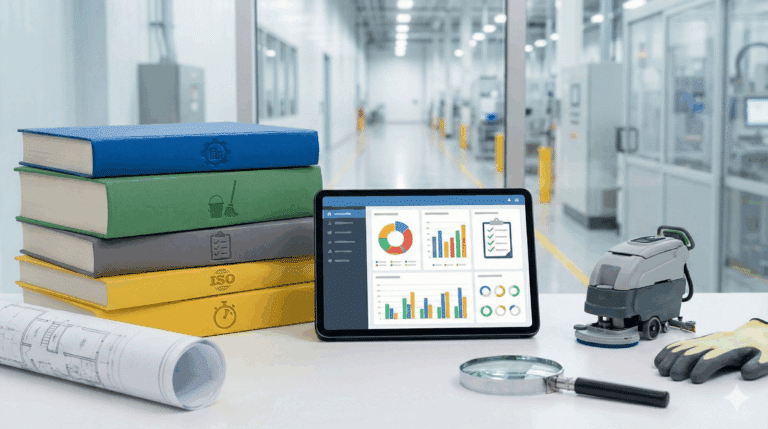Data is essential to take good business decisions. To obtain accurate and compelling data you have to find reliable and suitable methods. Here we will show you some great data collection methods.
Data collection is the systematic approach to gathering and measuring information from diverse sources to understand a specific area of interest. In business, it is very important to know your industry, customers and competitors in order to understand what others are doing. Data collection is essential to develop valuable and attractive products and to make good business decisions. An appropriate system would be very useful to gather and display valuable data that will help you to identify problems across the company and implement the right solutions.
Know the different data collection methods
There are different data collection methods and you should find the most suitable for your research. Firstly you need to make a decision about whether your research will be qualitative or quantitative or mixed. Both methods will allow you to explore a topic in depth.
Quantitative research involves numerical data collection. If you are not collecting numbers, then your research is qualitative. Quantitative research is usually used to get views from large numbers of people.
The first step in quantitative research is to determine your sampling and sample design. The most common sources of quantitative data include surveys, observations and secondary data. Surveys might be conducted online, by phone or in person. Observations may either involve observing and recording well‐defined events, counting the number of times that a particular phenomenon occurs, such as how often a particular word is used in interviews, or coding observational data to translate it into numbers. Secondary data refers to information previously collected by other source.
Qualitative research is an exploratory research used to gain an understanding of dormant reasons, opinions, and motivations. It also provides insights about an specific issue and helps to develop hypotheses for potential quantitative research. Qualitative data collection methods examine the why of decision making.
What is the best data collection method?
There is no one “best” data collection method. Each of them has its pros and cons. Your choice might depend on what kind of data you need to gather (i.e. qualitative data or quantitative data) and which pros/cons are important for your analysis.
The following data collection methods work for qualitative research:
– Document review.
– In depth interviews.
– Observation methods.
Quantitative research data collection methods, which tends to rely on random samples, include:
– Surveys with closed-ended questions.
– Clinical trials or experiments.
– Extracting data from computer and information systems.
– Observing, counting and recording events that are well defined (for example, counting the number of people who come into a restaurant).
Types of data collection methods
There are different types of data collection methods. The selection of one or two will depend on the variables to be measured, the source and the resources available.
Some of the most used ones are interviews. We can distinguish between the very structured that are usually used for quantitative research and the less structured ones which are deployed for qualitative research. In a well planned interview, you would asks a series of standard questions while in less-structured interviews you might ask open-ended questions.
The interviews can be done personally or through the telephone. Face-to-face interviews can be time-consuming and expensive but have a very high response rate. You can establish rapport with an interviewee and may have the opportunity to clarify responses.
Telephone interviews are cost-effective and take less time than face to face interviews. However, the response rate is lower.
Other types of data collection methods are Computer Assisted Personal Interviewing (CAPI) which is like a personal interview, but instead of paper questionnaires the responses are submitted using a laptop or a tablet. This method has the same flaws as face-to-face interviews.
We cannot leave out of this analysis one of the classic data collection methods: paper and pencil questionnaires. They have the advantage that respondents tend to be more sincere with responses. However, the response rate is very low. Internet questionnaires are cheaper and faster than the paper ones, but they sideline people who do not have access to computers or internet. Additionally, people tend to hurry to complete internet surveys so the feedback, usually, is not absolutely valid.
Mobile data collection is an increasingly popular method for gathering data. With this method you spend less time collecting and entering data, errors are significantly reduced and you can collect rich data including photos, video, GPS and more.
Survey data collection
Surveys are used to collect information from a sample of individuals in a systematic way. You could choose between online surveys or mobile surveys. Online surveys are a great way to reach and engage with your target audience because they increase response rates by reaching your target audience fast
and generate real-time results for quick and easy analysis.
At present mobile surveys is an increasingly popular data collection method because offer innovative ways to gather data, can reach any handset, in any language and in any country. Mobile surveys are easy to administer and more versatile than online surveys because it allow respondents to send pictures, record their voice, or write notes on their smartphone.
It is important to state that there is no right and wrong answer to which methods you choose. Sometimes you may wish to use one single method, whether quantitative or qualitative, and sometimes you may want to use a mixture.
DataScope is a platform which allows various industries to streamline, organize and evaluate the work of their field staffs thanks to online forms which provide real time indicators 100% adaptable to any field.






